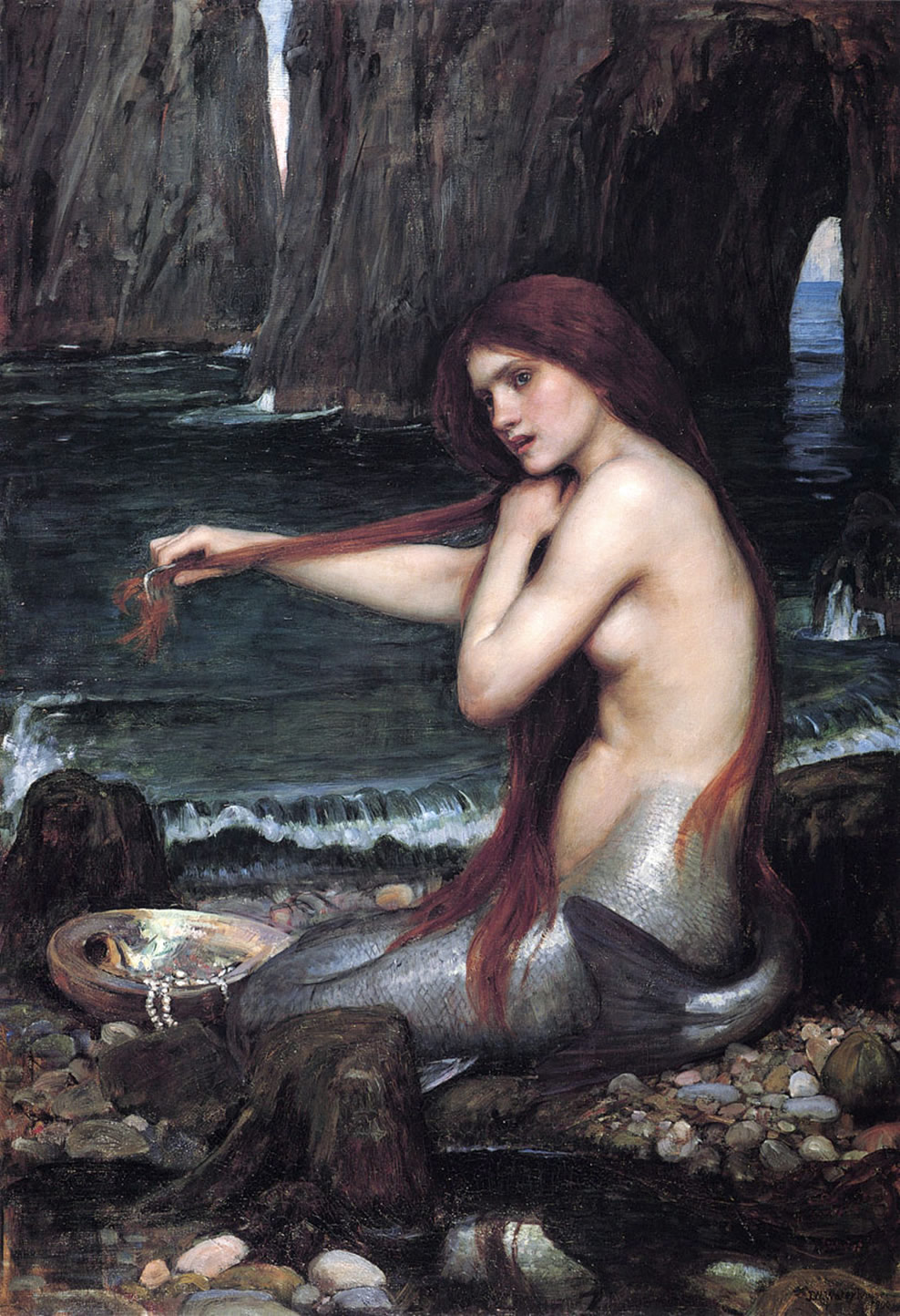It is common to see creatures in mythology that are a combination of different animals. The unicorn, griffin, chimera, basilisk, hippocampus… The list goes on and on. But perhaps the more interesting combinations are those between humans and animals. Centaurs are a cross between man and horse, harpies are a cross between woman and bird while mermaids and mermen are half-human, half-fish. Although these examples are all from ancient mythologies, there are more recent examples such as the merlion.
The merlion – top-half lion, bottom-half fish – is the national symbol of Singapore. This symbol was designed by Alec Fraser-Brunner in 1964 to promote the name of Singapore. Since then, the merlion has been used frequently in Singaporean art such as in statues and souvenirs. Although the concept of merlions have been found in certain ancient Indian and Hellenistic cultures (not to mention the “sea lion” which is an actual animal), it is almost synonymous with Singapore in modern times.
How did this bizarre combination of a lion and fish come to be? The union of the lion and fish is a symbol for Singapore’s history. Singapore originates from a small fishing village called Temasek – which means sea town in Javanese. This is symbolised by the fish tail, which forms the “root” of the icon. The lion symbolises modern Singapore, which gains its name from Singapura, which means lion city. Furthermore, Singapore is an island nation – a combination of land and water. The core culture of Singapore is descended from Asia via the land mass of South-East Asia, while its affluence and modernisation came from the sea via trade routes. Singapore is one of the most famous and important trade ports in modern history as it controls the passage from the Indian Ocean to the Pacific Ocean. This allowed the country to thrive economically from the flourishing trade, being dubbed one of the Four Asian Tigers (along with South Korea, Hong Kong and Taiwan – all four countries achieved exceptionally high growth rates from the 1960s to the 1990s).




